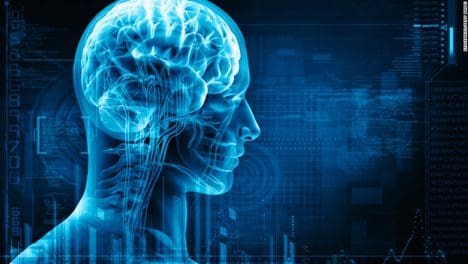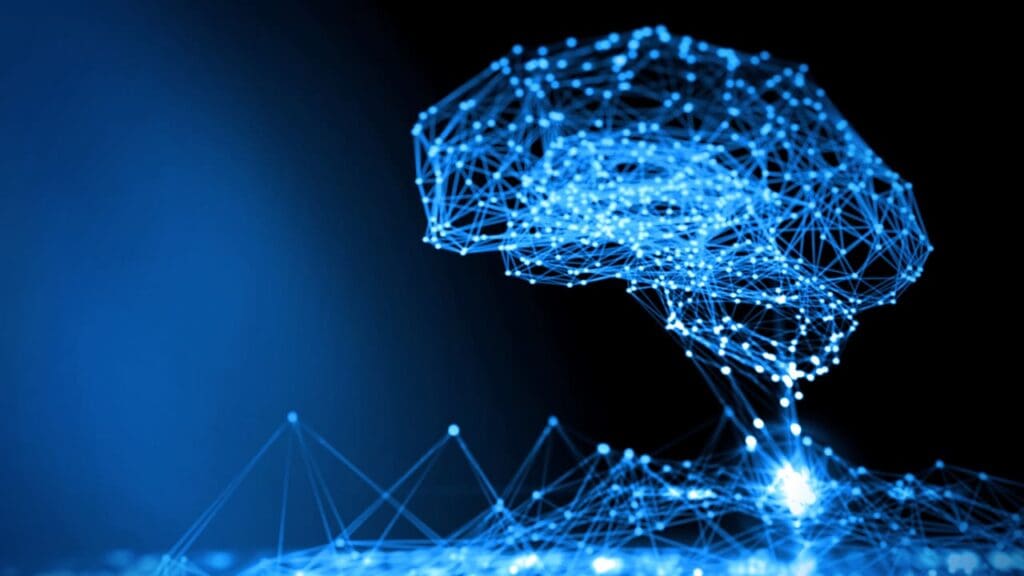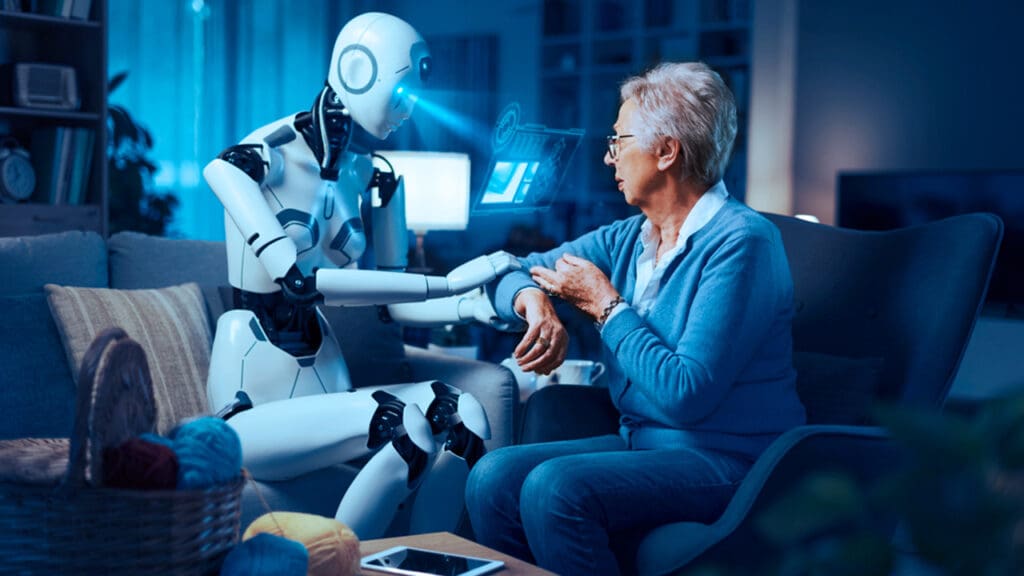The diagnosis of dementia is traumatic both for the patient and the patient’s family as it means incorporation of several changes in lifestyle; and it may also result in severe symptoms that might deteriorate many of the patient’s abilities to perform his day to day tasks.
”
RELATED: IEEE Announces IT Healthcare Standard and New Projects
As opposed to what the majority believes, dementia itself is not a disease, instead it’s a widespread term that encompasses several symptoms including memory loss or the inability to use cognitive skills to an extent that would severely hamper the patient’s performance in everyday activities.
Dementia affects over 44 million people worldwide and this number is expected to triple by 2050. Alzheimer’s disease is also a form of dementia.
For a patient to be diagnosed with dementia, he must be have two or more symptoms such as memory loss, impairment in communication and language, the inability to focus on things, a hindrance in rational thinking, and/ or problems in visual perception. The illness is caused by damage to brain cells and its symptoms become prominent when brain cells are unable to effectively communicate with one another causing a degeneration of mental abilities.
Who is at a risk of getting dementia? The risk factor for dementia increases with age and genetics, meaning that older adults are more at risk while those who have a family history of dementia symptoms also have high chances of having it.
A patient diagnosed with any form of dementia is likely to suffer from several behavioral changes which get quite distressing for family and loved ones while they help the patient to cope with them. For example, irritability, anxiety, depression, hallucinations, delusions, and sleep disturbances are some of the common changes that a person diagnosed with dementia may experience.
While there are drugs that can help the patient recover and that slow the progression of the illness, behavioral approaches and support is also used as a means to help the patient deal with the challenging situation.
Fortunately, with the recent boom in technology, neurologists have also begun to use several technological innovations to slow down progression of the illness in older adults. So, while there was previously no cure for dementia, technology has now found a way to help dementia patients live a better life and potentially reduce the symptoms of the illness.
Here is what technology has to offer to dementia patients:
The Power Sleep app
The Power Sleep app is an Android app that is available on Google Play. Besides serving the purpose of an alarm clock, this app is also an essential tool in aiding research on Alzheimer’s disease.
When a person sets the alarm, connects the phone with its charger while also ensuring it is connected to a Wi-Fi network, and lets the phone charge to 80%, the phone begins to process data regarding protein sequences. The phone then connects with other phones using the Power Sleep app and decrypts protein sequences, sending the required information to researchers involved in finding solutions to Alzheimer’s disease.
Accordingly, a simple app and our phones have become revolutionary tools in the quest to fight Alzheimer’s disease in older adults by providing essential information to assist research in the field.
Google Glass
Google Glass is a phenomenal tool which can help older adults with Alzheimer’s disease cope with the condition and prevent it from becoming excessively bothersome.
The tool takes pictures, provides directions, and also translates several languages in order to equip the user with any information that they require. The tool is worn like a pair of glasses and can support older adults with Alzheimer’s in commuting from one place to another, recognizing people and informing the patient how they are related to him; it also provides GPRS and tracking functions. Hence, the device serves as a tool to enhance memory amongst adults with Alzheimer’s disease.
This significantly reduces the symptoms of Alzheimer’s and prevents the illness from making the patient’s life more challenging.
Automated pill boxes
Neurologists cannot do much if a patient is not taking his medication on time. However, it also may be difficult for a patient with dementia to remember to take his medication on a timely basis that might result in enhancement of symptoms and further progression in the illness. This is where automated pill boxes come into the picture.
Automated pill boxes beep when it is time to take medication and this serves as a reminder for both the patient or the caregiver to take or give medicines on time.
Picture phones
A person with dementia may find it difficult to remember names and this may impair their ability to communicate with others or call them when needed. Picture phones have large numbers on them and are pre-programmed to automatically connect to frequently dialed numbers in case of an emergency.
Patients with dementia also have the option of touching the picture of the person they want to connect with on the phone and the phone will automatically call that person.
The phone enhances facial recognition and eases communication processes for patients with Alzheimer’s disease, reducing the effects of memory loss for the patient and improving their quality of life.
Video monitoring technology
Video monitoring technology helps record the behavior of patients with Alzheimer’s disease and also allows the caretaker to properly analyze their loved ones’ behavior. The caretaker can then use this visual content to devise an appropriate care plan for patients and find adequate solutions to particular situations that are affecting the patient’s daily life.
This enables doctors to give immediate feedback and appropriate advice regarding how to control and help curb difficult behavior, slowing down the degeneration process.
Video monitoring technology also includes bed sensors, extreme temperature detectors, exit and movement sensors, and other similar functions which can help track patient activity.
Although there is currently no treatment to prevent dementia/Alzheimer’s disease and no technology to properly treat it, the technology mentioned in the article can help regress the illness and prevent it from fully overtaking the life of a patient.
These specific technological solutions have been devised to make the lives of patients easier and more manageable, and to also assist caretakers in providing specific care to patients. The technological solutions mentioned also help neurologists monitor and analyze the behavior of patients with Alzheimer’s disease over time in order to find better treatments for different cases.
SEE ALSO: IEEE Brain Initiative










Modern technology is the day by the increase. One day we will discover more using it.